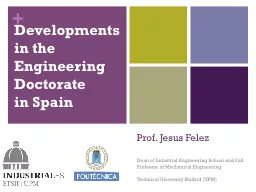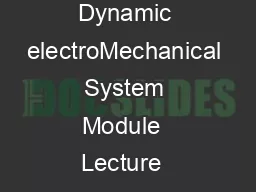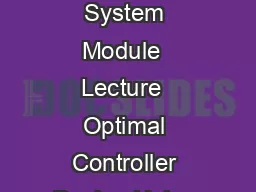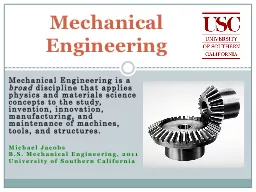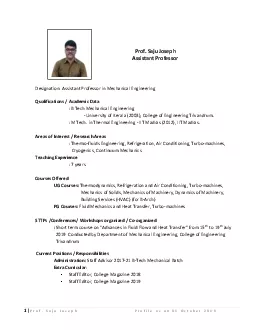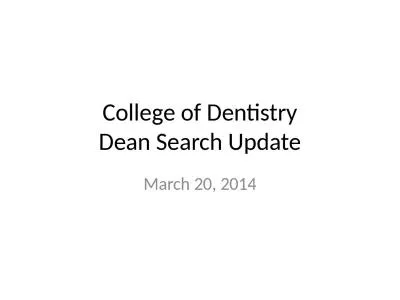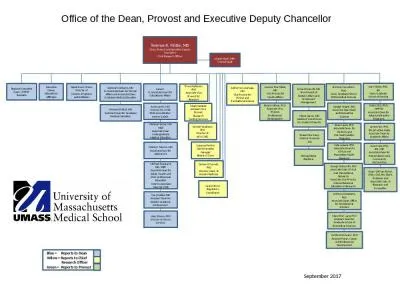PPT-Dean of Industrial Engineering School and Full Professor of Mechanical Engineering
Author : stylerson | Published Date : 2020-08-06
Technical University Madrid UPM Developments in the Engineering Doctorate in Spain Prof Jesus Felez Contents Spain in the European Higher Education Area The
Presentation Embed Code
Download Presentation
Download Presentation The PPT/PDF document "Dean of Industrial Engineering School an..." is the property of its rightful owner. Permission is granted to download and print the materials on this website for personal, non-commercial use only, and to display it on your personal computer provided you do not modify the materials and that you retain all copyright notices contained in the materials. By downloading content from our website, you accept the terms of this agreement.
Dean of Industrial Engineering School and Full Professor of Mechanical Engineering: Transcript
Download Rules Of Document
"Dean of Industrial Engineering School and Full Professor of Mechanical Engineering"The content belongs to its owner. You may download and print it for personal use, without modification, and keep all copyright notices. By downloading, you agree to these terms.
Related Documents

